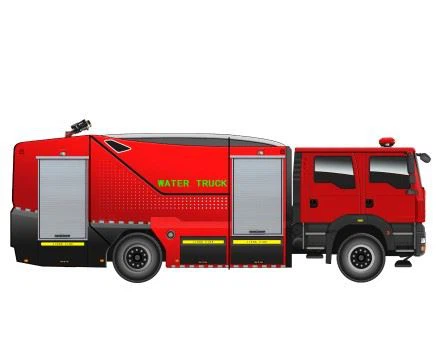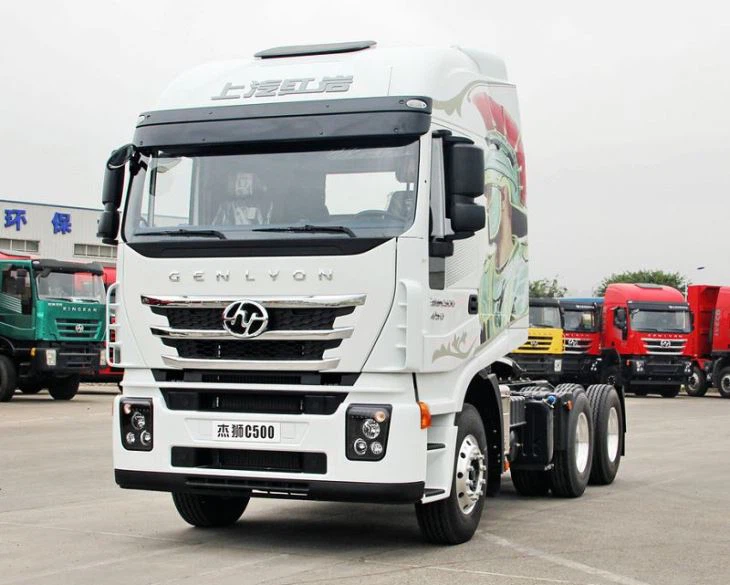Understanding Automotive LPG Tanks: A Comprehensive Guide

Automotive LPG tanks play a crucial role in the use of liquefied petroleum gas (LPG) as an alternative fuel in vehicles. This guide delves into the features, benefits, installation, maintenance, and safety considerations of automotive LPG tanks, providing valuable insights for both vehicle owners and enthusiasts.
What is an Automotive LPG Tank?
An automotive LPG tank is a storage vessel designed specifically for holding liquefied petroleum gas used in vehicles. Unlike traditional gasoline tanks, LPG tanks are built to withstand higher pressures and are typically made from robust materials like steel or aluminum. These tanks come in various shapes and sizes, optimized for installation in different vehicle types.
Types of Automotive LPG Tanks

Understanding the different types of automotive LPG tanks is essential for selecting the right one for your vehicle. Here are the main types:
1. Cylindrical Tanks
Cylindrical tanks are the most common type of LPG tanks used in vehicles. They are designed in a round shape, which distributes internal pressure evenly. Typically mounted in the trunk or underbody of a vehicle, they maximize space and provide a stable installation.
2. Toroidal Tanks
Toroidal tanks are doughnut-shaped and are often installed in the spare tire well of a vehicle. They utilize space efficiently and are favored for their low profile, which minimizes the impact on trunk space.
3. Rectangular Tanks
Rectangular LPG tanks are less common but can be advantageous for specific vehicle models or configurations. Their design allows for creative placement within the vehicle, accommodating unique space constraints.
Benefits of Using LPG in Vehicles
Switching to an LPG vehicle comes with several advantages:
Cost Efficiency
LPG is often cheaper than traditional fuels like gasoline or diesel. This results in lower operating costs for vehicles, making LPG a cost-effective option.
Environmental Considerations
LPG produces fewer greenhouse gas emissions compared to petrol or diesel. By using LPG, vehicle owners contribute to reducing their carbon footprint and improving air quality.
Performance
Vehicles running on LPG often experience performance benefits, including smoother operation and reduced engine wear. LPG burns cleaner, which helps to maintain engine longevity.
Installing an Automotive LPG Tank
Installing an LPG tank requires careful planning and execution. Here’s a step-by-step guide:
Step 1: Choose the Right Tank
Assess your vehicle’s needs and space. Consider factors like tank type, capacity, and fitting compatibility with existing systems.
Step 2: Professional Installation
It is highly recommended to have the tank installed by a qualified technician or authorized dealer. The installation process involves:
- Mounting the tank securely
- Connecting the tank to the fuel system
- Installing necessary valves and regulators
- Testing for leaks
Step 3: Compliance with Standards
Ensure that the installation complies with local regulations and safety standards. Documentation may be required for inspection purposes.
Maintenance of Automotive LPG Tanks
Proper maintenance ensures the longevity and efficiency of your LPG tank. Here are some practical tips:
Regular Inspections
Every six months, have your LPG system inspected by a qualified technician. Look for any signs of wear, corrosion, or leaks.
Check the Pressure Relief Valve
The pressure relief valve is a crucial safety feature. Test it periodically to ensure it operates correctly. Replace it immediately if any issues are detected.
Cleaning and Protecting the Tank
Keep the tank clean and free from debris. Use protective coatings to prevent corrosion, especially in harsh environments.
Safety Considerations for Automotive LPG Tanks
Safety should always be a priority when using automotive LPG tanks. Here’s what you need to know:
Understanding Risks
LPG is highly flammable, which requires strict adherence to safety guidelines. Be aware of the properties of LPG and the risks involved with handling and using it.
Proper Ventilation
If a leak occurs, ensuring that the vehicle is well-ventilated can help disperse the gas. Avoid starting the engine if you suspect a leak.
Effective Training
Training in handling LPG equipment is crucial for both drivers and service providers. Knowing how to react in emergencies can save lives.
Cost Analysis of Automotive LPG Tanks
The financial implications of switching to an LPG vehicle should be examined closely. Here’s a breakdown:
| Expense Type | Cost Estimate |
|———————-|—————–|
| Tank Purchase | $500 – $2000 |
| Installation | $300 – $1000 |
| Maintenance (Annual) | $200 – $500 |
| Fuel Cost Savings | Variable (10-30% savings compared to gasoline) |
Comparing Automotive LPG Tanks to Other Fuel Systems
To highlight the advantages of using LPG, it’s helpful to compare it to other fuel systems, such as gasoline and CNG (compressed natural gas).
Comparative Overview
| Feature | LPG | Gasoline | CNG |
|———————–|——————|——————–|———————|
| Emissions | Low | Moderate | Very Low |
| Cost | Lower | Higher | Moderate |
| Energy Density | Higher | Moderate | Lower |
| Tank Construction | Requires robust materials | Standard materials | Standard materials |

Future of Automotive LPG Tanks
The automotive landscape is continuously evolving, and LPG’s role is likely to change. Key trends to watch include:
Innovations in Tank Technology
Advancements in materials and design are leading to lighter, more efficient LPG tanks. This could enhance vehicle performance and safety.
Market Demand for Alternative Fuels
As environmental concerns rise, there is increasing demand for alternative fuel solutions. LPG may see a resurgence in popularity as a cleaner option.
Government Incentives
Many governments are offering incentives for LPG vehicle conversions or purchases, making it a financially viable option for more drivers.
Frequently Asked Questions (FAQ)
1. Is an LPG tank safe to use in vehicles?
Yes, when installed and maintained properly, LPG tanks are safe. Follow safety guidelines and undergo regular inspections.
2. How long does an LPG tank last?
With proper maintenance, an LPG tank can last up to 10-15 years or longer. Regular checks are essential to ensure longevity.
3. Can I convert my gasoline vehicle to LPG?
Most gasoline vehicles can be converted to run on LPG with appropriate equipment. Consult with a professional for compatibility and costs.
4. How do I know if my LPG tank needs maintenance?
Signs such as corrosion, leaks, or decreased performance indicate that your LPG tank may need maintenance. Regular inspections are recommended.
5. What are the common issues with LPG systems?
Common issues include leaks, regulator failure, and performance problems. Regular maintenance can help prevent these issues.

6. Are there any restrictions on using LPG vehicles?
Some areas may have specific regulations or restrict LPG vehicles based on emissions standards. It’s advisable to check local laws before conversion.
